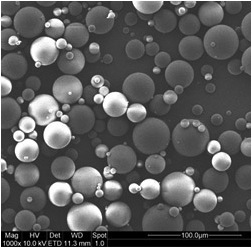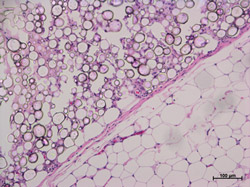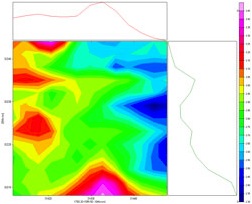Proteins and materials science
We are interested in the development of new materials for a range of applications. These materials include advanced polymeric materials that deliver anti-inflammatory peptides for tissue engineering or drugs for the treatment of cancer. Other new materials include self-assembling peptide systems and grafted peptide layers that can control interfacial properties and nanoparticle aggregation. Several projects involve the synthesis of peptides by FMOC chemistry, these peptides then form the building blocks used to make new materials.
We have also designed de novo peptide sequences that self-assemble to form fibrous structures known as amyloid fibrils. These protein fibers were first found associated with protein misfolding diseases but are now known to occur more widely and can be found on a variety of surfaces, such as the outside of bacterial cells. The material properties of these fibrils and their positive functions in nature suggest these self-assembling structures can be developed as new materials. We are examining fibrils formed by soil bacteria and hope to uncover why these fibrils are different to those formed in disease.
A further interest is the structure of amyloid fibrils formed from natural, designed or disease associated peptides and proteins and we often work at the macromolecular crystallography, the Fourier transform infrared spectroscopy and Small Angle X-ray Scattering beamlines at The Australian Synchrotron.



